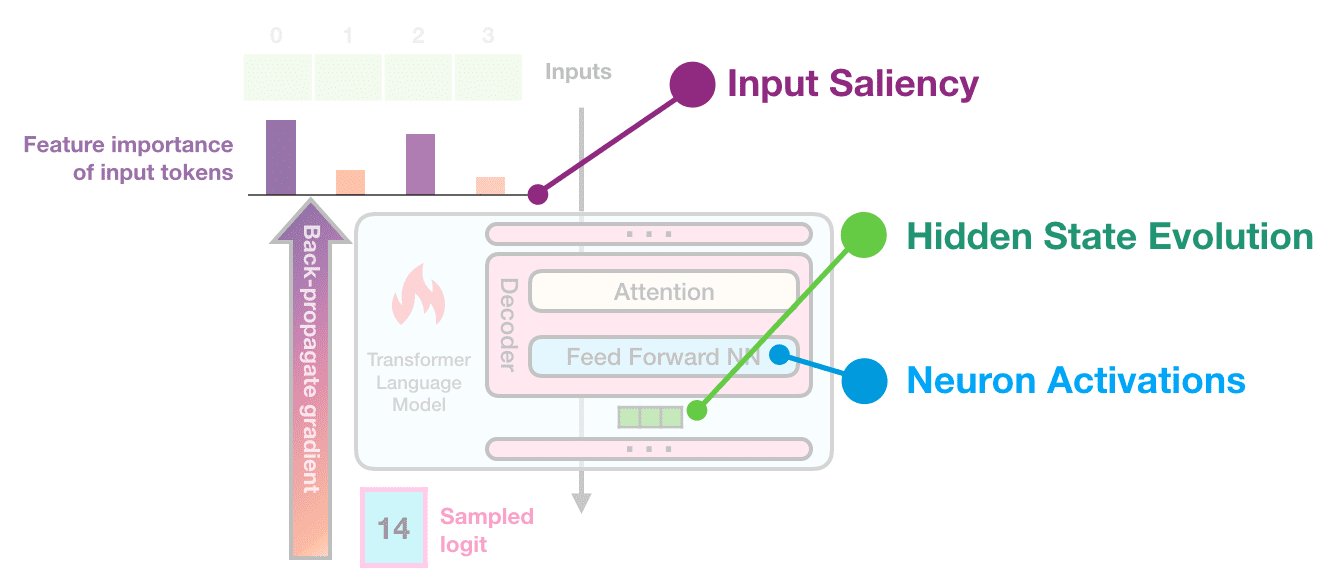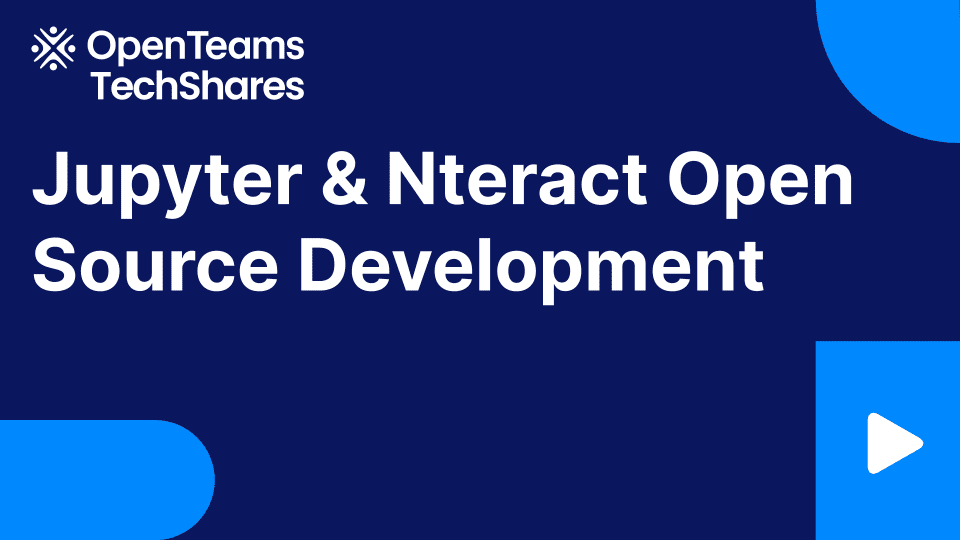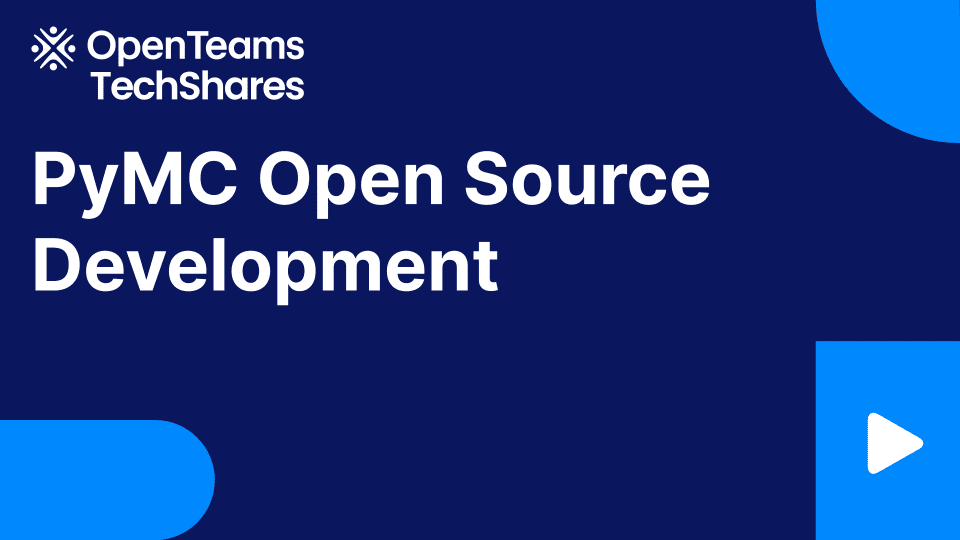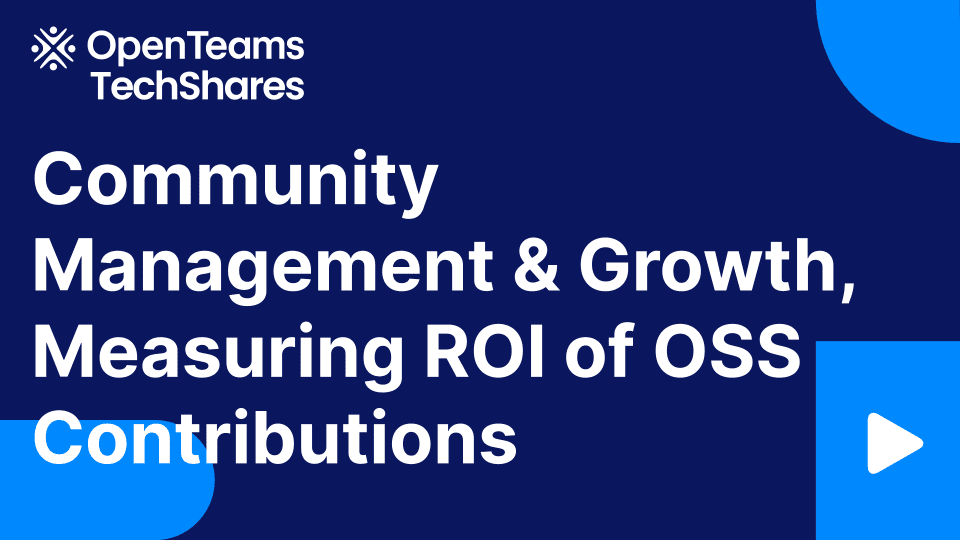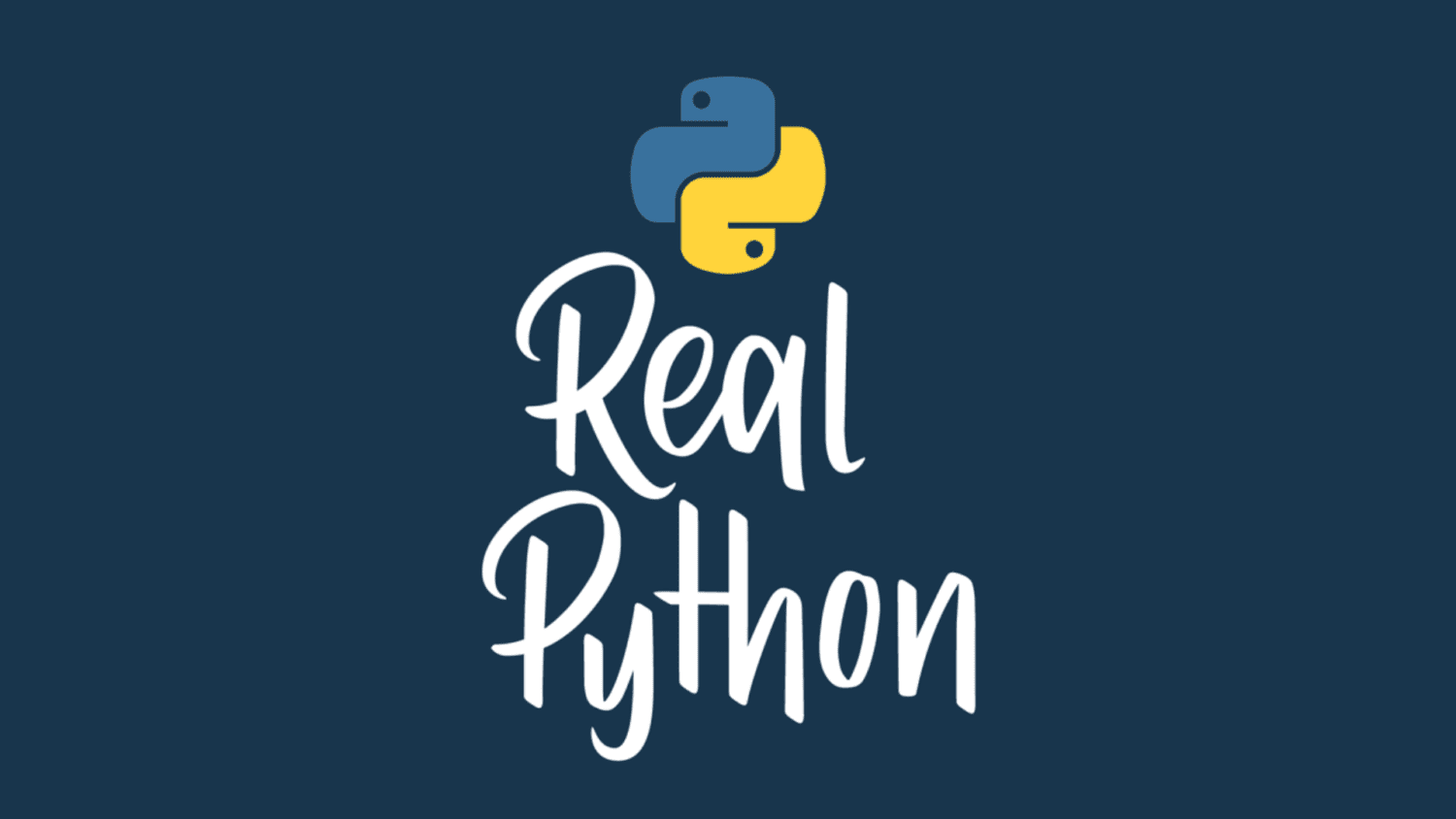
Class Concepts: Object-Oriented Programming in Python
Python includes mechanisms for doing object-oriented programming, where the
data and operations on that data are structured together. The class keyword
is how you create these structures in Python. Attributes are the data
values, and methods are the function-like operations that you can perform
on classes. In this course, you’ll explore writing code using class and its
associated attributes and methods.
In this video course, you’ll learn about:
- Why you write object-oriented code
- How to write a class
- What attributes and methods are
- How to use the descriptor protocol
This course is the first in a three-part series. Part two covers how to
write reusable hierarchies of classes using inheritance, while part three
dives deeper into the philosophy behind writing good object-oriented code.
[ Improve Your Python With 🐍 Python Tricks 💌 – Get a short & sweet Python Trick delivered to your inbox every couple of days. >> Click here to learn more and see examples ]
